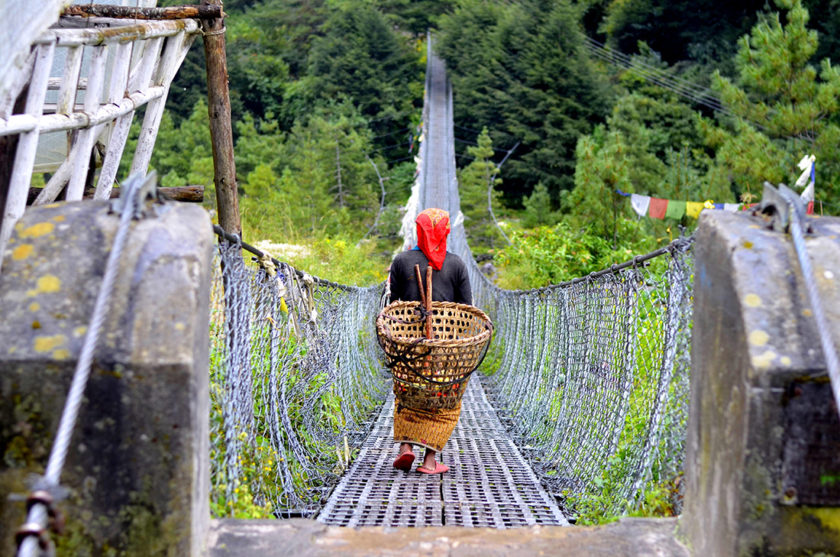
Introduction to Nepal
Nepal is a country that offers more to its visitors than they can possibly ask for. With its glorious mountain peaks, green hills, serene lakes, deep valleys and untouched forests, Nepal is paradise on earth.
Add to it the ancient art and architecture, the welcoming locals and an encompassing vibe of mystique, Nepal is a country that satisfies the needs of every traveller. Its capital city has been recognised for its cultural importance many times, with Kathmandu holding the highest number of World Heritage Sites within an area of 51 square km.
There are a lot of things to experience in Nepal, and I guarantee that you will experience its magic in a myriad of ways. To start with, here are the 6 best things to do in Nepal to make the most out of your trip:
1. Climb a mountain
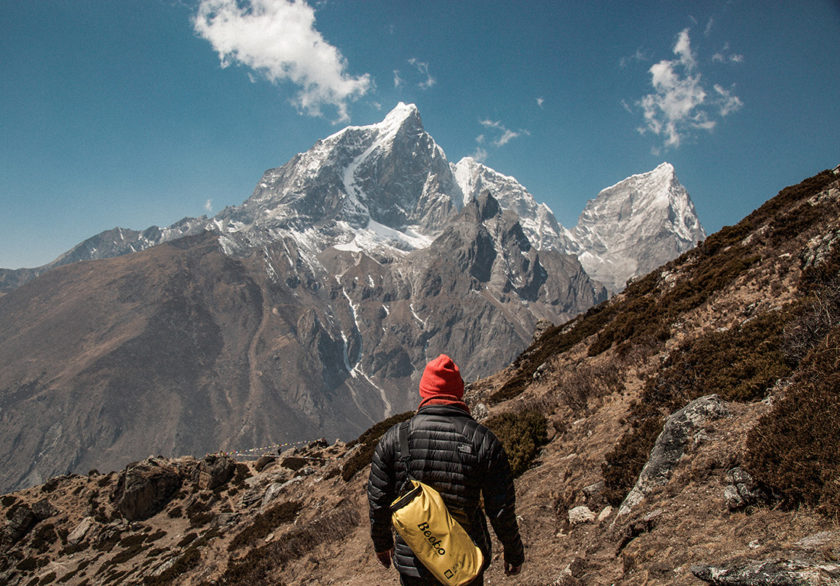
Since some of the world’s highest mountain peaks are in Nepal, alpinists hoping for big adventure need look no further.
There are mountain peaks with varying degrees of climbing difficulty so you will find a peak that fits your experience. For instance, a beginner can ascend Mera Peak and Island Peak without too much hassle. For longer hikes take the Annapurna Circuit, and for professional mountaineers, the mighty Everest is the limit.
2. Experience free fall from a tall suspension bridge
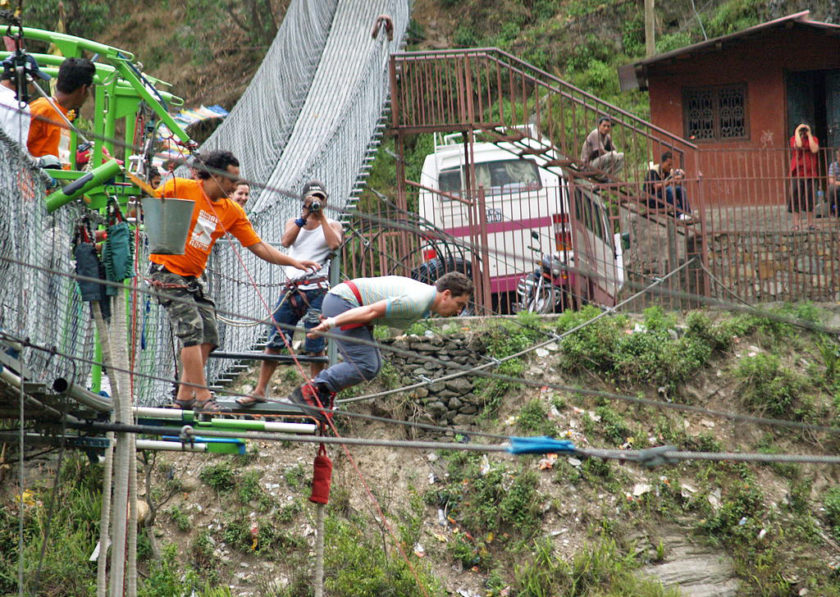
There’s nothing quite like standing on the edge of a bridge with your feet attached to a bungee cord to get the heart pumping.
Bungee jumping is one of the world’s most popular adrenaline sport, with options to leap from everywhere, from bridges to cranes. While New Zealand is the birthplace of the sport, and China has the world’s highest bungee from a building (the Macau Tower at 233 metres), but in Nepal you will have a tropical gorge as your backdrop.
Roughly 75 kilometres east of the capital city of Kathmandu, The Last Resort provides bungee jumping from a bridge over the Bhotekoshi River. At over 160 metres, it is Nepal’s highest bungee jump bridge – so if you’re a bit of a daredevil this one is for you!
3. Watch Siberian birds in Nepal
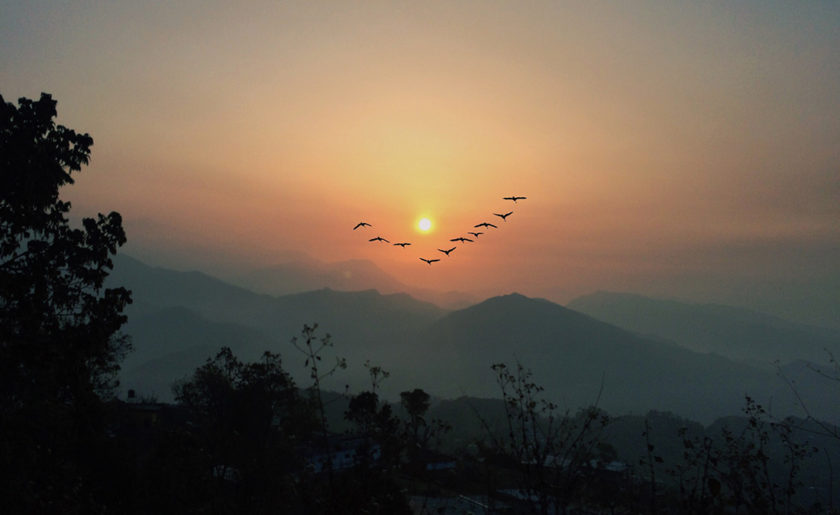
Unlike other subtropical countries, Nepal has longer days in summer, catering to the birds up to 14 hours a day to forage for food, a luxury they don’t have in their native countries. It is said that some birds have come to Nepal, even flying over the Mt Everest, to enjoy the warmer climate after the temperatures plunge in their home countries such as Siberia. Of the birds that migrate to Nepal, are various species of cuckoos, such as pied cuckoos, Eurasian cuckoos, and oriental cuckoos.
Also, there are several spots internationally famous for birdwatching in Nepal. Taudaha and Chovar in Kathmandu Valley, Jagdishpur reservoir in Kapilvastu, Ghodaghodi lake in Kailali, Koshi Tappu Wildlife reserve, Karnali, Narayani and Koshi river area among others will be full of migratory birds.
4. Hang out in Thamel
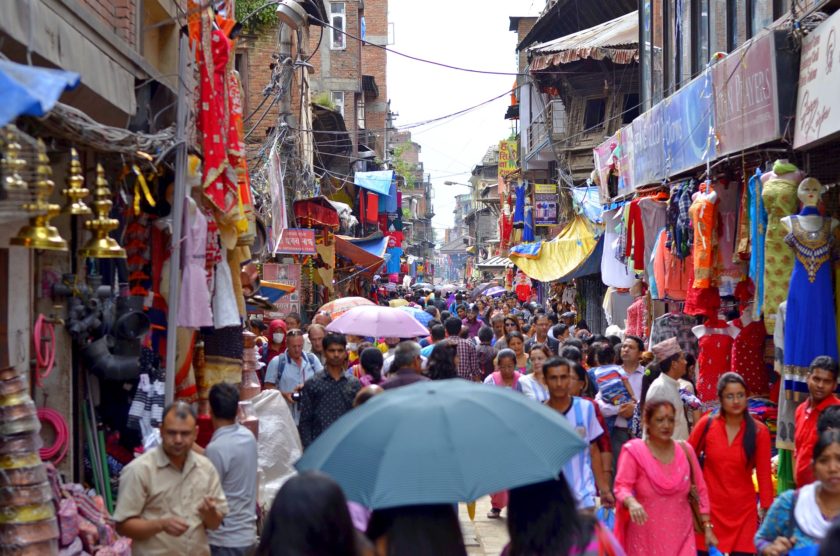
With a happening nightlife scene and a hip vibe, no place in Kathmandu has the energy of Thamel. Furthermore are the alleys lined with market stalls and souvenir shops. The eateries serve local and international cuisine, perfect cocktails, local craft beers, and collaborative spaces for community and cultural events. Thamel has a vibrant energy – its simply a place that never sleeps so you can experience it day or night.
5. Trek into the nature
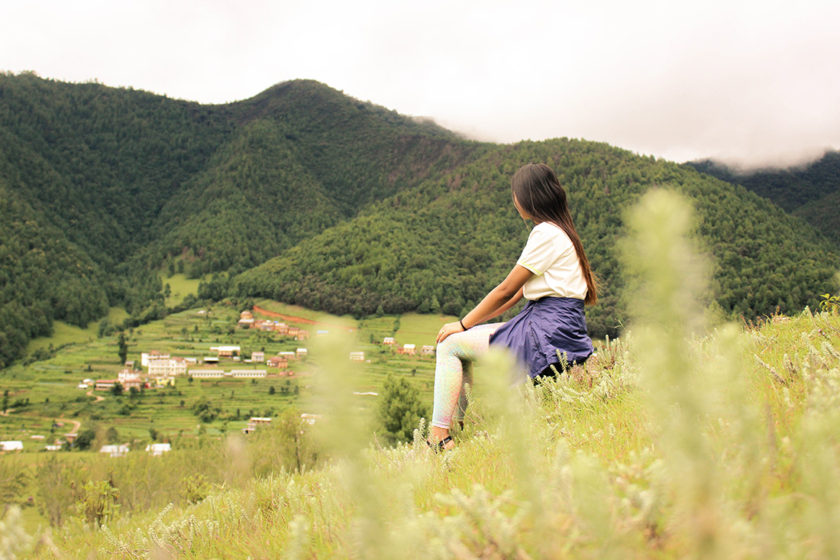
Climbing Nepal’s highest mountains isn’t for everyone, but getting back to nature and trekking across some of the country’s most scenic nature trails should be.
There are few places more beautiful than Nepal to get back to nature and you don’t have to be super fit to enjoy many of the routes. For those who want something less physically demanding try Balthali Village Trek. It’s low in altitude and takes just three days of walking to complete. It features incredible views of the Himalaya Range, and the starting point is just an hour’s drive from central Kathmandu.
Another great route for comfort and ease is the Royal Trek. In four days you wind through the foothills of Annapurna, north of the Pokhara valley. Rather amusingly the Royal Trek received its name after Prince Charles and his 90 camp followers walked the route in 1981. On top of this, the route is said to also be a favourite of the Nepalese royal family. Instead of camping you’ll be staying in tea houses dotted along the route so it’s perfect for those want to a good night’s sleep at the end of each day!
6. Experience the flavours of Nepali cuisine
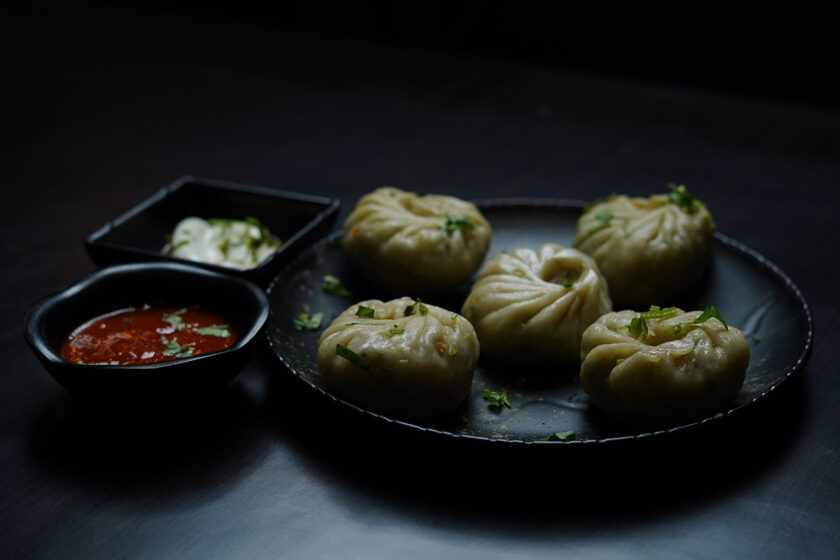
Experiencing Nepali cuisine is a delightful journey into a world of diverse flavors, aromatic spices, and traditional cooking methods. Here are some must-try Nepali dishes and culinary experiences:
1. Dal Bhat
- Description: Dal Bhat is the staple food of Nepal. It consists of lentil soup (dal) served with rice (bhat), accompanied by a variety of side dishes such as vegetables, pickles, and sometimes meat or fish.
- Experience: Enjoy a wholesome Dal Bhat meal at a local eatery or as part of a homestay, where you can savor the authentic flavors and generous servings.
2. Momos
- Description: Momos are dumplings filled with a mixture of meat (commonly buffalo or chicken) or vegetables. They are typically steamed or fried and served with a dipping sauce.
- Experience: Try momos at street food stalls, local cafes, or dedicated momo restaurants. They are a popular snack and can be found throughout Nepal.
3. Gundruk
- Description: Gundruk is fermented leafy greens, often mustard leaves. It is a popular side dish in Nepali cuisine, providing a unique and tangy flavor.
- Experience: Taste gundruk as part of a traditional meal or in dishes like Gundruk Ko Jhol (soup).
4. Thukpa
- Description: Thukpa is a noodle soup with meat, vegetables, and aromatic spices. It is particularly popular in the mountainous regions of Nepal.
- Experience: Warm up with a bowl of Thukpa in the chilly evenings, especially in areas like the Annapurna or Langtang regions.
Further reading: How to spend 2 weeks in Nepal
Some useful tips for trekking & mountain climbing
- Be aware of altitude sickness when travelling to altitudes higher than 3,500 metres. The best preventive measure for this is climbing to high altitudes at a slow and steady pace.
- Make sure you drink enough water. Hydration is an essential while travelling.
- Let someone you trust know your itinerary. Sometimes, remote locations can be quite secluded and you may lose your way. So, it’s better to have someone who knows where you’re going and when you’ll be back.
- Be aware that not all the trekking tracks have electricity. Carry a power bank on your trek in case you need to charge your phone. Teahouses may offer to charge facilities but that may be subject to extra charges.
Final thoughts
Nepal is one of those places that everyone should visit and experience. People from all over the world travel to Nepal to discover its natural beauty. It’s certainly a destination for adventure enthusiasts, as well as budding photographers.
A noteworthy point is that using bottled water increases plastic pollutants in the environment. Therefore, it is better to carry a water bottle of your own and fill it at settlements en route your journey.
Major sources of potable water in Nepal are streams and taps. Therefore, bringing purifying water tables or bottles should ensure the water you’re drinking is clean and safe.
Nepal is the nation of the Himalayas, ancient history, art, and diverse culture. The nightlife, the ancient cities, and the overall warm hospitality will make you want to come back for more.
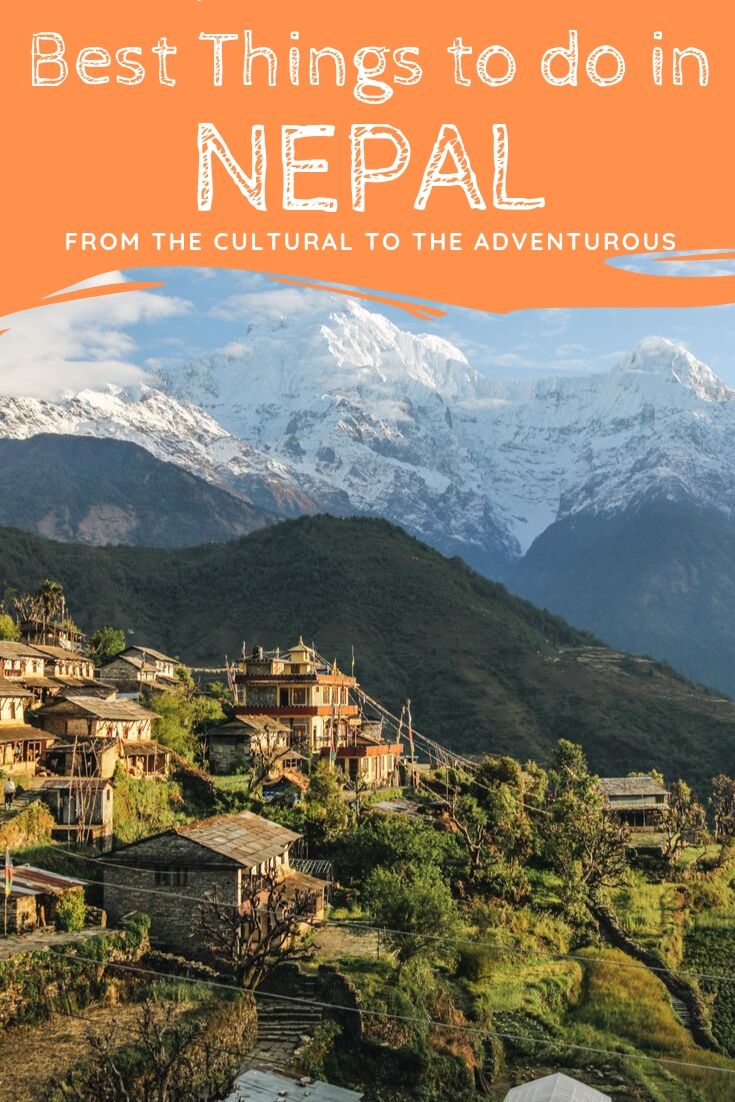


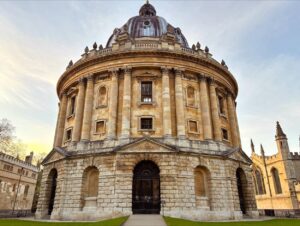

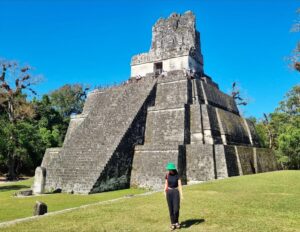
One Response
Great information regarding traveling to Nepal. All the details information. Thank you for sharing.